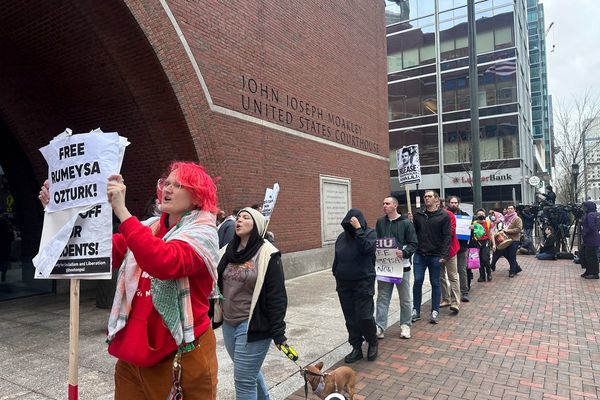
The advent of remote work marked the beginning of a profound transformation in cities’ economies—changes that are likely to continue to play out long after the worst of the pandemic that sparked the work-from-home revolution is over.
The COVID-19 pandemic led to a massive exodus from city centers, as remote work allowed employees to trade in small expensive apartments for larger, cheaper suburban homes. In the U.S., the percentage of people working remotely has tripled since the pandemic began, rising from 5.7% of the workforce in 2019 to 17.9% in 2021, according to Census data.
While the debate over returning to the office continues to rage, the option to work from home at least part of the time continues to be a sticking point for many employees. But the staying power of remote work also has big implications for the future of cities as the epicenter of consumer spending shifts away from business centers, potentially for good.
As employees spend more time at home and less time in the office, urban businesses including coffee shops, restaurants, taxi companies, barbershops, and gyms are seeing significantly less traffic and lower spending, according to a report published Monday by the World Economic Forum.
City neighborhoods where commuting rates have fallen by 20% are already seeing a decline of 7% on average in spending toward local businesses, according to the report, whose authors include five economists from U.K. universities who have been studying remote work for most of the pandemic.
Researchers surveyed more than 35,000 U.K. workers since January of last year and combined the results with location-specific spending data in retail and hospitality before and during the pandemic.
With many services in city centers traditionally designed for commuters, the results suggest that the demand for workers in these sectors is set to shift away from business districts and toward the suburbs, a likely permanent change.
Cities reshaped
Like the U.S., companies in the U.K. have been dealing with a surge in remote work’s popularity during the pandemic. The report found that less than 5% of work was done remotely before the pandemic, compared to more than 45% now.
While the number of remote workers is likely to level off somewhat in the coming months and years, the authors estimate that the permanent rate of remote working will still be 20 percentage points higher than before the pandemic, which will have big implications for the future of cities.
Local personal services—or LPS, businesses that cater directly to people in a specific geographic area—have seen a steep drop in demand in urban business centers during the pandemic, the study found, as workers began spending more money in suburban neighborhoods and areas outside the city.
LPS jobs in cities’ business districts have shrunk dramatically during the pandemic, the authors found. But at the same time, job openings in the same sectors have grown in many suburban areas. For instance, one neighborhood in central London with a population of nearly 10,000 is slated to lose 8,000 LPS jobs, according to the study. At the same time, the authors observed an “equivalent” increase in the number of LPS job openings spread out across 161 suburban neighborhoods.
The “doughnut effect”
The authors referred to this as the so-called doughnut effect, which economists have already observed in several U.S. cities, as spending patterns shift away from financial districts out of the city.
“We find the doughnut effect to be a U.K. phenomenon, too, with workers in major urban areas spending less time in the central business district and more time in residential suburbs. This will have consequences for where spending on local services takes place,” the authors wrote.
Some city neighborhoods where businesses were once reliant on in-office workers are likely to see permanent changes. In the City of London, for instance, the capital’s financial epicenter, 90% of spending on LPS businesses came from commuters, according to the study.
But while LPS jobs are expected to migrate toward the suburbs, the study’s authors warned that the transition won’t be seamless. They noted the scarcity of adequate venues for most LPS businesses in the suburbs compared to city centers, as well as bigger disparities between the cost of living for low-wage LPS workers in affluent suburbs.
In the U.S., the same trends have been observed as workers have streamed out of major cities. A 2021 study from Stanford University found that employee outpours from New York City, Chicago, Washington, D.C., and San Francisco prompted a doughnut effect of economic activity moving out of city centers and toward suburbs.







